
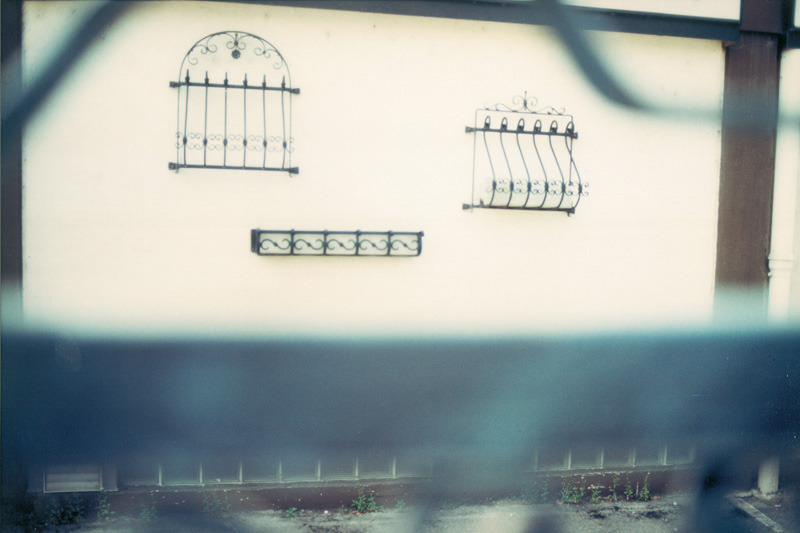
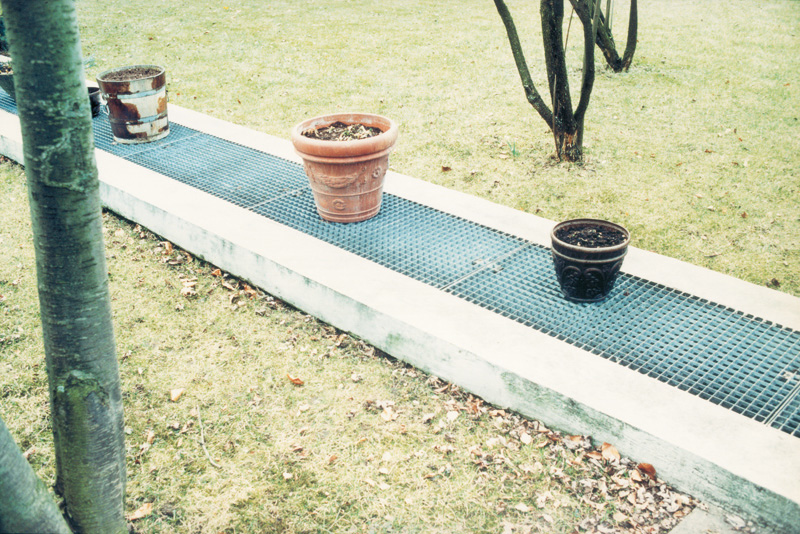
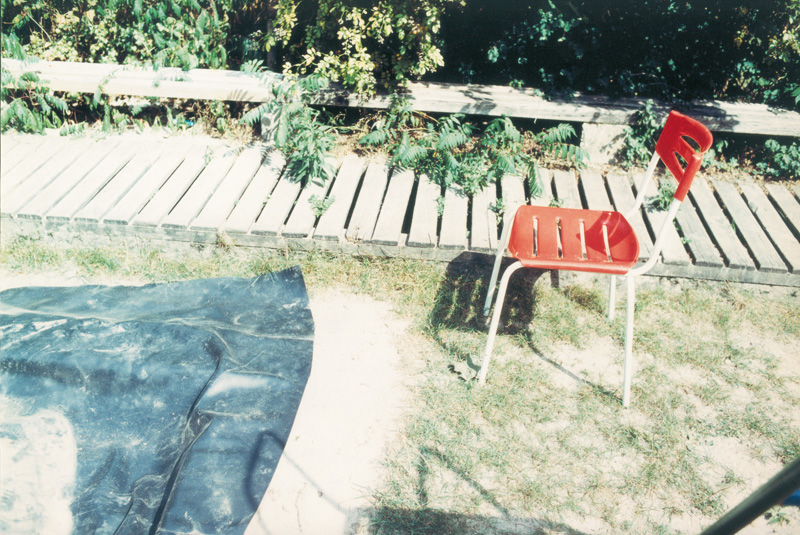



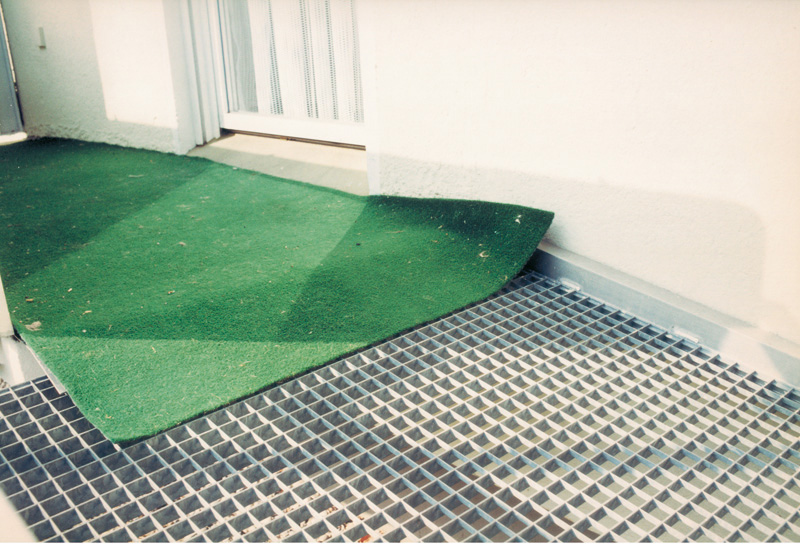
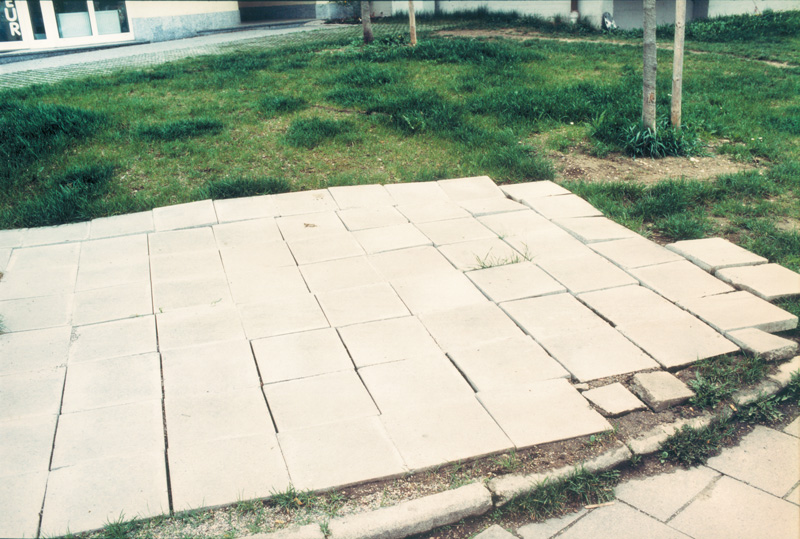
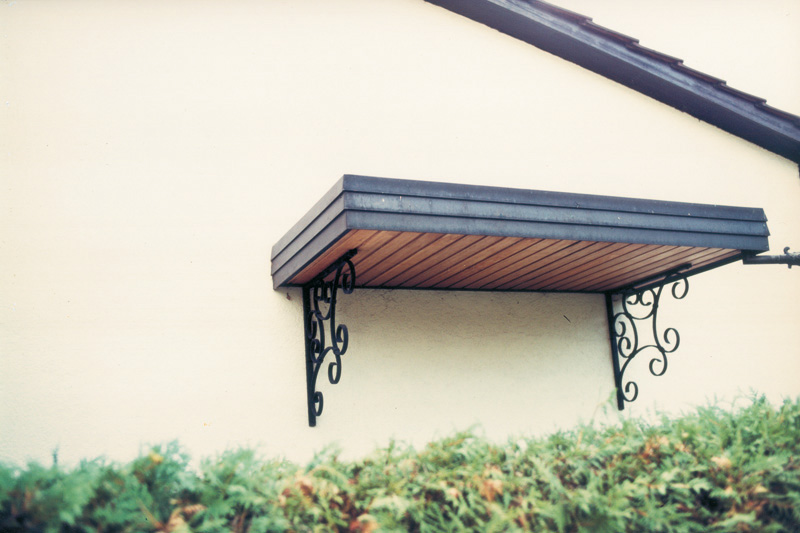
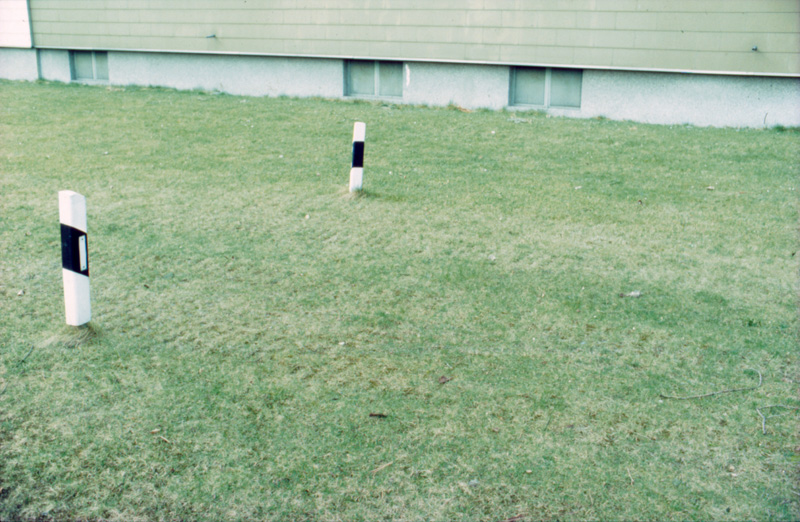

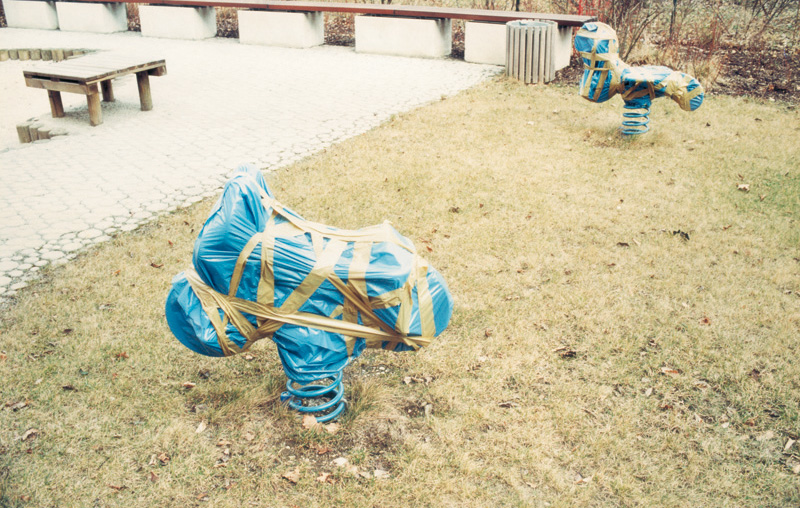
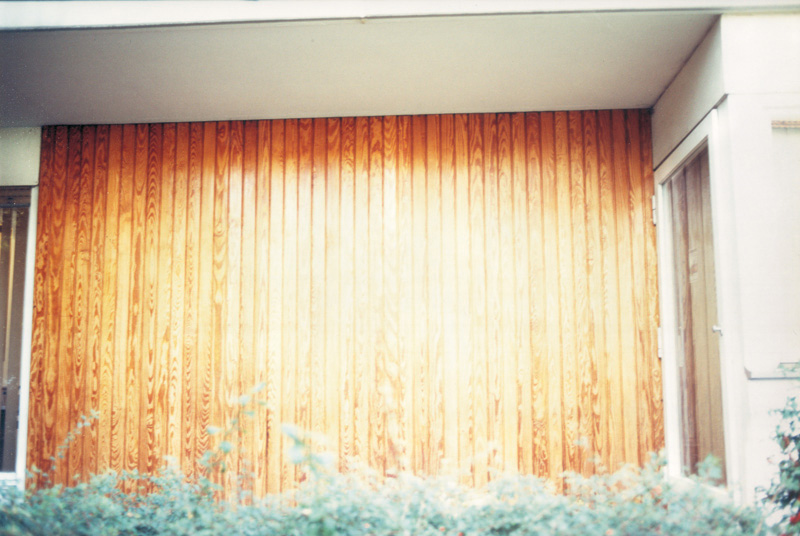 Laim | 1992 | INFO
Laim | 1992 | INFOLAIM AS A STATE OF MIND
You probably have to be born in Laim to know what this is really about. That doesn’t mean that I don’t know what it’s all about just because I wasn’t born in Laim. But Fengel, Martin, knows what it is about more than anybody else.
I can say that with absolute certainty because I have been a frequent visitor to his kitchen-cum-dining room in the Von-der-Pfordten-Strasse in Laim. We would sit cosily around the dining table in the afternoon, tracing our fingers around the contours of the apples, pears, and bananas illustrated on the waxed tablecloth. And when we talked we weren’t so much passing the time as keeping it flowing along.
Most of the time we told each other little stories about Laim. To be more precise, they were stories about the things we had most recently discovered in Laim. These stories were seldom directly about the inhabitants of Laim, but all the more indirectly about them. The moment you move away from Fürstenrieder Strasse into the more appealing residential side streets, the less likely you are to see a real Laimer at all; in these areas human existence is predominantly restricted to the interior of the houses.
Fengel, Martin, would go there time and again in order to take his photographic pictures, which explains why the pictures always show objects rather than people.
Although the citizens of Laim spend virtually all their time within their own four walls, they are passionately interested in the way things look outside. Yes, the urge to design is everywhere you look!
The gardens, the front drives, the streets, and the green areas display each resident’s idea of beauty. This generally has more to do with being orderly than with being neat. The absence of any one particular style is not thought to be the least bit problematic; on the contrary, it is even seen to be positive. Yet strangely enough, one is less astonished by how something that is meant to be beautiful can be so ugly than by how something so ugly that is intended to be beautiful suddenly can seem to have been made beautiful.
Nevertheless, the bollards marking the edge of the road, for instance, relate to the grassy area they are positioned on, just as car tyres relate to the swing they are hanging from. It is not how a sewing machine and an umbrella would relate to each other on a dissection table. This is no casual encounter between unconnected elements; there is a functional link between the two. To put it another way, there are no surrealists in the local planning department. The bollards are there to prevent prohibited ball games being played on a public field. The car tyres are there to provide seats for swings; they are certainly not intended to create a poetic interlude.
But Fengel’s photographic prints of these and other objects largely ignore this functional element, leaving only a hint of it remaining. They reveal a singularly aesthetic perception which to a certain extent seeks to connect business with pleasure, as it were. Thus, certain necessities pertaining to the appropriate design of the surrounding area should not be slavishly followed to the extent that beauty is no longer accorded the significance it is due. This is no half-hearted approach – indeed it corresponds precisely to the aesthetic sensibilities of the people of Laim. Fengel’s photos document precisely this aspect. If you really want to know what it’s all about, you need to take a look at them.
Georg M. Oswald
 Laim | 1992 | INFO
Laim | 1992 | INFOLAIM AS A STATE OF MIND
You probably have to be born in Laim to know what this is really about. That doesn’t mean that I don’t know what it’s all about just because I wasn’t born in Laim. But Fengel, Martin, knows what it is about more than anybody else.
I can say that with absolute certainty because I have been a frequent visitor to his kitchen-cum-dining room in the Von-der-Pfordten-Strasse in Laim. We would sit cosily around the dining table in the afternoon, tracing our fingers around the contours of the apples, pears, and bananas illustrated on the waxed tablecloth. And when we talked we weren’t so much passing the time as keeping it flowing along.
Most of the time we told each other little stories about Laim. To be more precise, they were stories about the things we had most recently discovered in Laim. These stories were seldom directly about the inhabitants of Laim, but all the more indirectly about them. The moment you move away from Fürstenrieder Strasse into the more appealing residential side streets, the less likely you are to see a real Laimer at all; in these areas human existence is predominantly restricted to the interior of the houses.
Fengel, Martin, would go there time and again in order to take his photographic pictures, which explains why the pictures always show objects rather than people.
Although the citizens of Laim spend virtually all their time within their own four walls, they are passionately interested in the way things look outside. Yes, the urge to design is everywhere you look!
The gardens, the front drives, the streets, and the green areas display each resident’s idea of beauty. This generally has more to do with being orderly than with being neat. The absence of any one particular style is not thought to be the least bit problematic; on the contrary, it is even seen to be positive. Yet strangely enough, one is less astonished by how something that is meant to be beautiful can be so ugly than by how something so ugly that is intended to be beautiful suddenly can seem to have been made beautiful.
Nevertheless, the bollards marking the edge of the road, for instance, relate to the grassy area they are positioned on, just as car tyres relate to the swing they are hanging from. It is not how a sewing machine and an umbrella would relate to each other on a dissection table. This is no casual encounter between unconnected elements; there is a functional link between the two. To put it another way, there are no surrealists in the local planning department. The bollards are there to prevent prohibited ball games being played on a public field. The car tyres are there to provide seats for swings; they are certainly not intended to create a poetic interlude.
But Fengel’s photographic prints of these and other objects largely ignore this functional element, leaving only a hint of it remaining. They reveal a singularly aesthetic perception which to a certain extent seeks to connect business with pleasure, as it were. Thus, certain necessities pertaining to the appropriate design of the surrounding area should not be slavishly followed to the extent that beauty is no longer accorded the significance it is due. This is no half-hearted approach – indeed it corresponds precisely to the aesthetic sensibilities of the people of Laim. Fengel’s photos document precisely this aspect. If you really want to know what it’s all about, you need to take a look at them.
Georg M. Oswald












 installation view, Pinakothek der Moderne, München, 2007
installation view, Pinakothek der Moderne, München, 2007